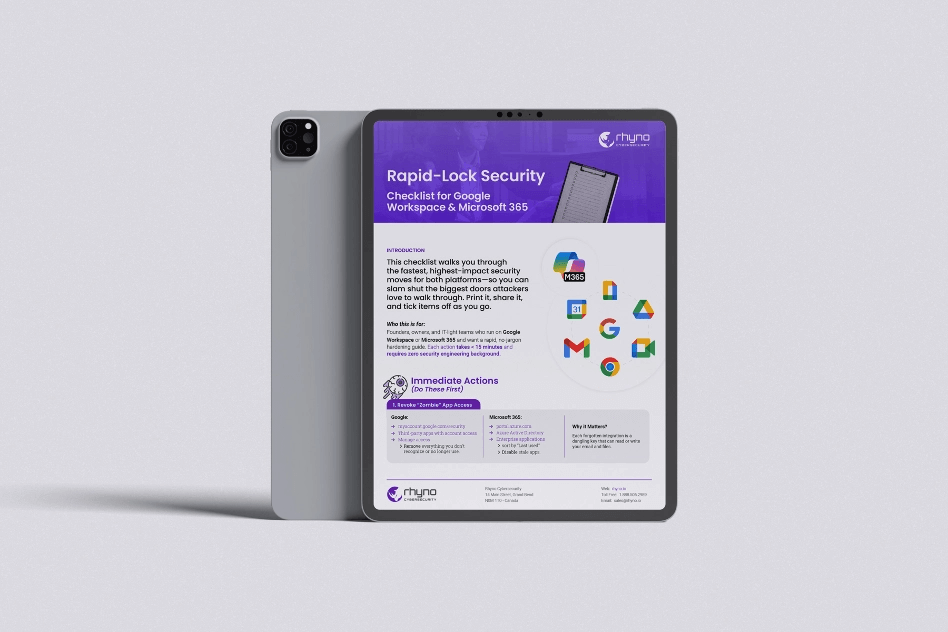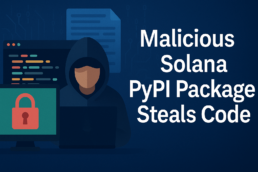Malicious Solana PyPI Package Steals Code
Discovery of the Rogue Library
Late last month security analysts at ReversingLabs stumbled on an impostor Python package hiding in plain sight on the official Python Package Index (PyPI). The file was uploaded under the name “solana-token,” hinting that it could help programmers interact with the popular Solana blockchain. Behind the catchy label, however, sat code whose real purpose was anything but helpful. According to the researchers, every time an unsuspecting developer installed the library, the program quietly reached out to a single, hard-coded internet address and began sending material lifted straight from the victim’s machine. Although PyPI maintainers have since pulled the listing, download counters showed it had already been fetched 761 times before its removal. The first version appeared in early April 2024, using an odd numbering scheme meant to disguise its true origin.
How the Sneak Attack Worked
Once the package entered a project, it executed a function called register_node() that looked harmless on the surface. In reality, that function crawled through the entire Python run-time stack, copied every file it could reach and bundled those files for exfiltration. Any source code, configuration file, or text snippet sitting in directories linked to the active interpreter was fair game. From there the data was pushed to the attacker’s server without so much as a prompt or warning.
While siphoning files wholesale might seem noisy, the strategy has a clear logic. Early-stage blockchain projects often keep secret keys or private API tokens hard-coded in prototype scripts before a proper vault is in place. By stealing entire codebases, the criminals increase their odds of grabbing those treasures in one swoop. ReversingLabs investigator Karlo Zanki remarked that the behavior pointed to a focused hunt for crypto-related secrets rather than random espionage.
Who Was in the Crosshairs?
Everything about the fake library—from its Solana-centric name to the blockchain-flavored function titles—suggests the culprits were aiming at developers who build or customize distributed-ledger software. Individuals experimenting with their own side chains, test networks, or custom tokens would be natural targets: they need ready-made tooling, they rely heavily on community packages, and they often work in small teams without dedicated security staff. In such an environment, a convincing package description and a handful of GitHub stars can be enough to persuade a coder to run pip install solana-token and get straight to work.
Exactly how the rogue package gained attention remains unclear. It may have been promoted in blockchain forums, slipped into tutorial code, or simply discovered by curious developers searching PyPI’s catalog. Regardless of the distribution channel, its transient success highlights the ease with which supply-chain attacks can reach dozens—or in this case hundreds—of victims before alarms sound.
Broader Significance for the Software Supply Chain
Cryptocurrency projects continue to shine like a beacon for cyber criminals because stolen keys and wallet addresses can be turned into real money in minutes. This incident adds another case study to a growing list of PyPI, npm, and RubyGems packages that do more than advertised. The lesson is straightforward but sobering: downloading a dependency is now an act of trust, and that trust can be misplaced.
Developers and DevOps teams are therefore urged to treat external modules with the same caution they apply to inbound email attachments. Basic hygiene steps—such as pinning known-good versions, reading through unfamiliar source code, and scanning installs in a sandbox—can strip away much of the attacker’s advantage. Continuous monitoring tools can also flag odd behavior, like a library making outbound network calls during build time or suddenly requesting elevated privileges.
Watching the Watchers
Industry observers point out that PyPI administrators acted swiftly once the malicious behavior was reported, yanking the package and blocking the uploader’s account. Yet the ecosystem’s sheer size makes complete pre-screening impossible; new submissions and updates land every hour. That reality pushes more responsibility onto end users. As Zanki put it, teams need to “aggressively monitor for suspicious activity or unexplained changes” inside every third-party component they adopt. Stopping bad code at the border of the development environment, he noted, is far easier than tracing data theft after a breach.
A Call to Vigilance
The brief life of “solana-token” serves as a reminder that convenience and security often pull in opposite directions. Open-source registries provide unmatched speed and flexibility, but attackers know that and are willing to invest time crafting look-alike packages that blend in until it is too late. Whether you are building the next big blockchain platform or a weekend side project, take a moment before every install command: read the release notes, peek at the maintainer’s history, and if something feels off, walk away. Your private keys—and perhaps your reputation—are worth the extra minute.
In the end, the safest software supply chain is the one you question constantly. The fake Solana helper may be gone, but others will surely follow. Staying alert, sharing threat intelligence, and practicing least-privilege development are the best tools we have to keep the next 761 downloads from turning into 7,600.


